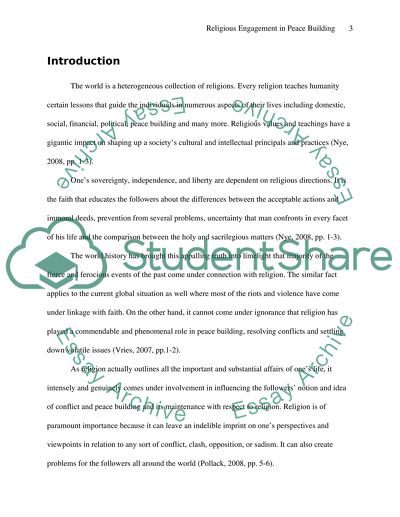Cite this document
(“Religious Engagement in Peace Building Essay Example | Topics and Well Written Essays - 4250 words”, n.d.)
Retrieved from https://studentshare.org/history/1396385-what-are-the-strengths-and-weaknesses-of-religious
Retrieved from https://studentshare.org/history/1396385-what-are-the-strengths-and-weaknesses-of-religious
(Religious Engagement in Peace Building Essay Example | Topics and Well Written Essays - 4250 Words)
https://studentshare.org/history/1396385-what-are-the-strengths-and-weaknesses-of-religious.
https://studentshare.org/history/1396385-what-are-the-strengths-and-weaknesses-of-religious.
“Religious Engagement in Peace Building Essay Example | Topics and Well Written Essays - 4250 Words”, n.d. https://studentshare.org/history/1396385-what-are-the-strengths-and-weaknesses-of-religious.


